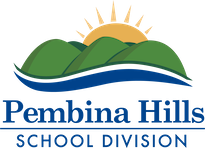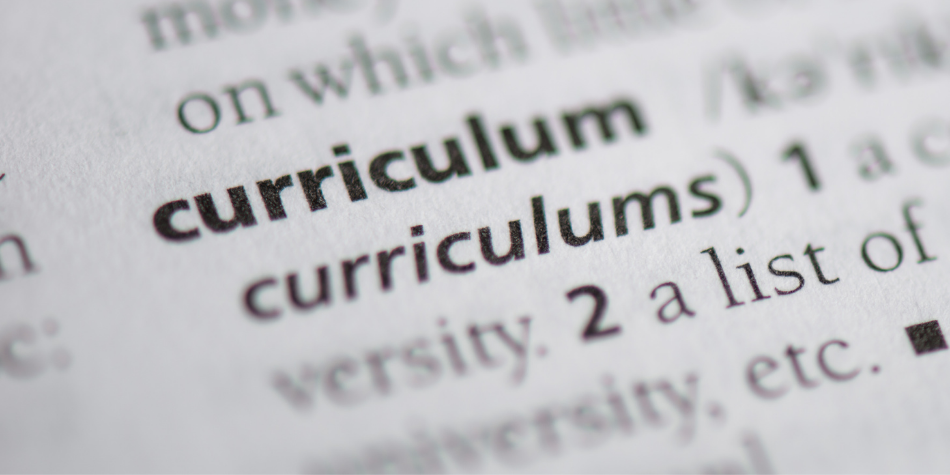On March 29, 2021, Alberta Education revealed their Draft K-6 curriculum in a news release; Renewing focus on essential knowledge and skills. Like others in the province, PHSD educators had been anticipating an announcement for some time. The response on both traditional news and social media has been active to say the least. Several boards in the province have stated publicly that they will not be piloting the curriculum.
Priorities of the Education Plan
On April 14th, our board of trustees adopted a motion to continue work on three specific priorities in the 2021-2024 Education Plan. Teachers, support staff, students and community members were consulted during the Education Planning process. The Priorities of the 2021-2024 Education Plan are:
- Student-Staff Relationships
- Literacy And Numeracy
- Support for Staff
The decision to pilot the draft curriculum will also take into consideration the impact on these priorities.
Professional Perspective of Classroom Teachers
The families in our communities respect and trust our teachers. PHSD teachers have kept their kids safe during the pandemic. They have continued to adapt teaching styles and supported students through numerous changes and challenges.
Teachers are in a unique position to compare their real-life experiences and professional knowledge of childrens’ academic development to the expectations described in the Draft Curriculum. Their perspectives have been invaluable to the decision making process regarding piloting the Draft Curriculum. We have consulted with them to help us determine if piloting the Draft Curriculum would be good for students.
Recommendation
After a very informative process of gathering feedback from teachers and considering how spending energy, resources and time on a piloting process would impact our students and teachers, senior administration recommended the following motion:
- That Pembina Hills School Division does NOT participate in piloting any part of the Draft Curriculum.
Key reasons for this decision
(Note – more details and examples are provided at the end of this article)
- Impact on Education Plan Priorities:
Actions taken to pilot parts or all of the Draft Curriculum at any grade level is more likely to have a negative effect on student-staff relationships, literacy and numeracy goals, and our efforts to support staff with the diversity of learners in their classroom. - Impact of the COVID-19 pandemic on student achievement:
Piloting the Draft Curriculum would distract teachers from their focus on actively addressing the interrupted trajectory of learning caused by the period of at-home-learning in spring 2020, the intermittent periods of isolation and the increased absenteeism during 2020-2021. - Teacher well-being:
Teachers are already dealing with high rates of distress from students and parents on top of coping with their own COVID related fears and worries since March 2020 and during the entire 2020-2021 school year. An expectation to pilot is an unnecessary additional burden. - Logistics of piloting:
The processes required for an effective pilot would be very demanding on teacher time. Issues related to sequencing and missing prerequisite skills would impact student learning. Finding or developing age appropriate resources to support instruction for vast arrays of new content would be a massive challenge. - Issues with the Draft Curriculum:
Teachers identified multiple issues with the Draft Curriculum and were of the unanimous opinion that piloting would have no benefit to students.
-
- Teachers provided many examples of critical learning outcomes that have been removed and developmentally inappropriate outcomes that have been added.
- Teachers identified these issues with the Draft Curriculum:
- Volume of outcomes,
- Lack of recognition for the diversity of learners and inclusion,
- Poor integration of indigenous perspectives, and
- Reduced flexibility to adapt pedagogy to the needs of their students.
Unfortunately, it appears that the developers of the Draft Curriculum did not consider the data available to them about what students can and cannot accomplish by certain grade levels. Some of our teachers have been involved in provincial working groups who develop Provincial Achievement Tests. They have been involved in setting standards for what a Grade 6 student can achieve. The province‘s apparent dismissal of data they had at hand is telling. Nevertheless, PHSD will consider opportunities to provide feedback to the Ministry of Education in other ways, but we will not ask our teachers to pilot the Draft Curriculum.
We want to thank the panel of teachers who engaged in our analysis. They were essential in the development of the recommendation not to pilot the Draft Curriculum. The panel was also wary about not providing any feedback to the province. While they found ample evidence why piloting would be disruptive to student learning, they also identified very few elements in the Draft Curriculum that were palatable, and in a few cases, even appreciated. They acknowledged that Pembina Hills should be open to providing feedback to the province in other ways and were willing to share their findings as needed.
Parents and community members who want to provide the province with feedback about the Draft Curriculum are invited to submit a response to the Alberta Education Draft Curriculum survey, which can be found here:

